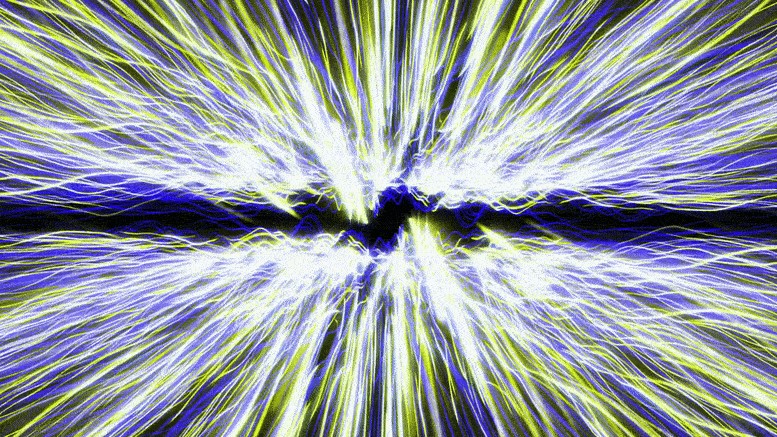Electricity and magnetism have always been closely linked in science. The coupling of electrical and magnetic properties of certain materials is what’s known as the “magnetoelectric effect.” This effect has a wide range of applications from biomedical sensors to data storage.
Data storage is a huge motivation when it comes to magnetoelectric research. We don’t often think about how the internet works, like how everything is online at your fingertips when you need it, and how there seems to be an endless amount of content on social media to keep you entertained. As the internet grows, so does the energy it consumes. Data centres are relying on a new wave of energy efficient technology to store your funny videos and media profiles, and magnetoelectrics could be the answer.
Devices that couple magnetic and electric properties boast the fact that they need no applied electrical current to operate. The polarisation or magnetisation can be switched by an external magnetic or electric field, respectively. Meaning that data in binary 0s and 1s can be written and stored with very little energy consumption. The devices will also maintain the state of these properties until another field is applied, making them a non-volatile type of memory. Not only is this useful for big data storage like the cloud, but it can also be used for personal electronics. Imagine opening your laptop and finding everything as you left it without it losing any battery charge- that is what magnetoelectrics can offer.
My research looks at the materials that can be coupled to make magnetoelectric devices. Magnetostrictive and ferroelectric material phases are used since the former expands/contracts with a change in applied magnetic field, while the other changes electrical properties when they expand/contract. Nano-pillars of magnetostrictive material will be surrounded by the ferroelectric material. Hence, when an external magnetic field is applied, the pillars will expand/contract and strain the matrix. This strain then induces a change in polarisation in the ferroelectric phase. This also works for electric field control of magnetization. In short, we apply a magnetic/electric field and get a change in polarisation/magnetisation. These coupled devices can then be used for a wide range of applications from biomedical sensors to memory storage.
NanoDTC Associate, a2020

